Materials required– Architecting Complex, Holistic IoT Environments
By Patrice Duren / July 30, 2023 / No Comments / AWS Certification Exam, Case study of Amazon, Working with partners on IIoT
The following hardware and software are required as part of this practical:
NodeMCU ESP32S microcontroller
Bosch Sensortech BME680 module
AWS account
Azure account
Now, we can move on to setting up our ESP32 and BME680.
Setting up ESP32 and BME680
Follow these steps to set up ESP32 and BME680:
Connect the ESP32 board to your computer using a USB cable.
Connect the BME680 sensor module to the ESP32 using the following wiring:
- SDA to pin G22
- SCL to pin G21
- VCC to pin 3V3
- GND to pin GND:
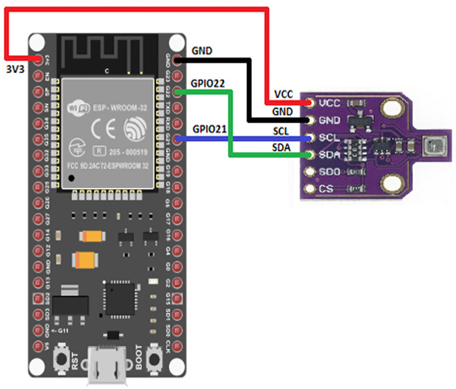
Figure 14.4 – Connection diagram for ESP32 to BME680
Next, we’ll set up the Arduino IDE to put through the code needed for ESP32.
Setting up the Arduino IDE
Follow these steps to set up the Arduino IDE with the necessary libraries and code:
Install the Arduino IDE on your computer by going to the official website: https://www.arduino.cc/en/software.
Connect ESP32 to your computer using a micro USB cable.
In the Arduino IDE, navigate to Sketch | Include Library | Manage Libraries.
Install the necessary libraries for the project. For the first library, you will need to use the GitHub link provided, but for the rest, you can just search for them on Manage Libraries:
- BME680, by https://github.com/SV-Zanshin
- AWS-SDK-ESP8266, by Ronan Schmitz (support ESP32 as well)
- Azure SDK for C
- PubSubClient, by Nick O’Leary
Now that our libraries are ready, we can set up IoT Core for usage.
Setting up AWS IoT Core for usage
We need to create an AWS IoT Core thing and obtain its MQTT endpoint. The following steps will guide you on this:
Log into the AWS Management Console and navigate to the IoT Core service.
Click on Manage in the left sidebar, then click Things.
Click Create a single thing and follow the prompts to create a new thing.
Once created, click on the thing and navigate to Interact. Take note of the Rest API Endpoint value (your_mqtt_server_address) so that you can use it in your Arduino code.
Now, we can take a look at setting up the Azure IoT Central account.
Setting up Azure IoT Central for usage
Follow these steps to set up Azure IoT Central:
Go to Azure IoT Central (https://apps.azureiotcentral.com) and create a new IoT Central application by clicking on Build app:
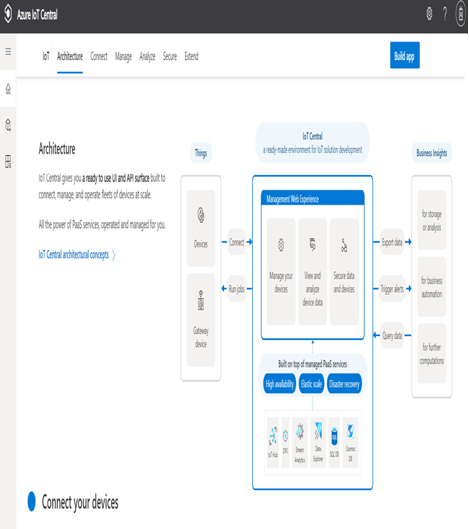
Figure 14.5 – Azure IoT Central landing page
Click on Create app inside Custom app:
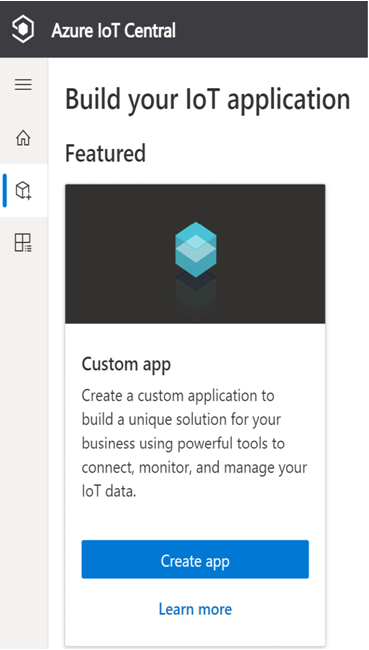
Figure 14.6 – Clicking on Create app inside Custom app
A new application window will appear. Fill in the form as follows.
- Application name: ESP32-BME680
- URL: esp32-bme680
- Application template: Custom application
- Pricing plan: Click Standard 0 if you would prefer to have a free plan
In the Billing info section, choose the following options.
- Directory: Choose the account directory that you created previously (normally, it will appear as yourname.onmicrosoft.com).
- Azure subscription: For the Azure subscription, you need to create a subscription first. Please choose the free tier if you wish to have a free plan. After that, choose the subscription name that you just created – for instance, Azure subscription 1.
The location will be chosen automatically according to the Azure subscription you created previously.
Once you’re finished, click Create:
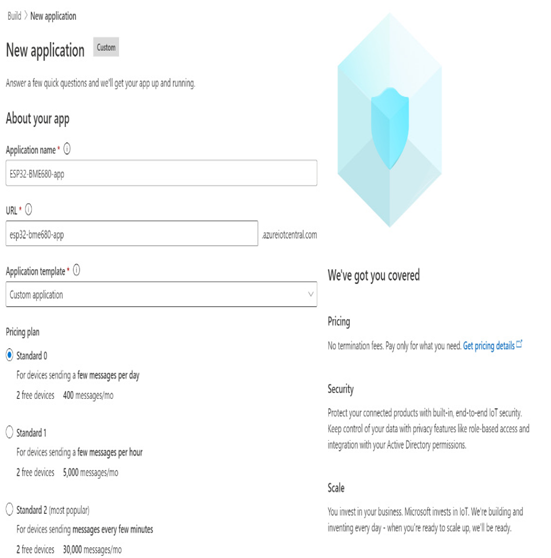
Figure 14.7 – Configuring the new application appropriately
You will be redirected to esp32-bme680.azureiotcentral.com/devices. The Devices window will be open; here you can create device(s).
Now, we are ready to create a device. Go to the Device menu by clicking on the device icon in the left pane.
Click + New to create a new device:
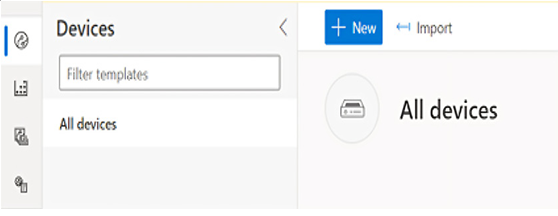
Figure 14.8 – Creating a new device in Azure IoT Central
The Create a new device window will pop up. Here, you need to fill in the form, as follows:
- Device name: ESP32-BME680-001
- Device ID: ESP32-BME680-001-DeviceID
For Device template, leave it as-is.
Click Create to create the device. Now, in the Devices window, you will see the newly created device appear in the All devices list:
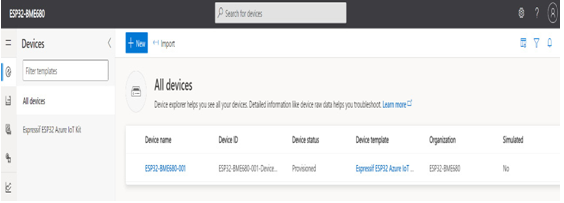
Figure 14.9 – Navigating to the All devices window
Click on ESP32-BME680-001; you will see a new window, as shown here:
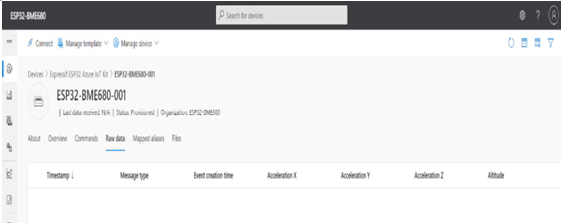
Figure 14.10 – New window after clicking on the device
Click on the Connect icon at the top left of the window; the Device connection groups window will appear. Save or copy the ID scope, Device ID, Authentication type, Primary key, and Secondary key values to a file since we will use this information to connect to Azure IoT Central later:
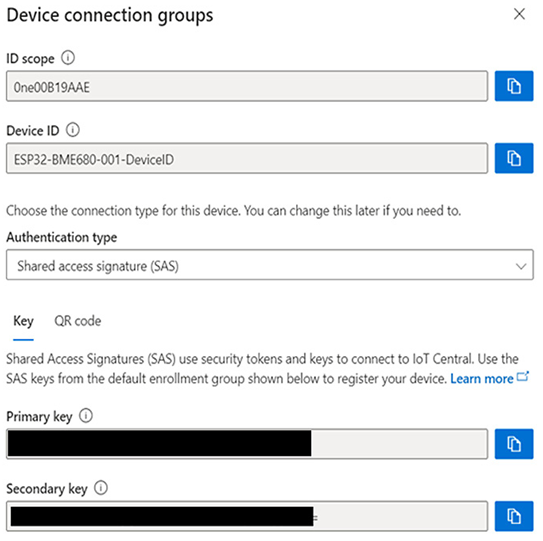
Figure 14.11 – The configuration sample for Device connection groups
Go to the Devices page and click Connect. Get the ID scope and Device ID values. Set Authentication type to Shared access signature (SAS). Finally, get the Primary key value. We will use these in step 3 of the next section.
With that, you’ve set up Azure IoT Central for use. Now, we can upload the Arduino sketch and run ESP32 for inventory management.